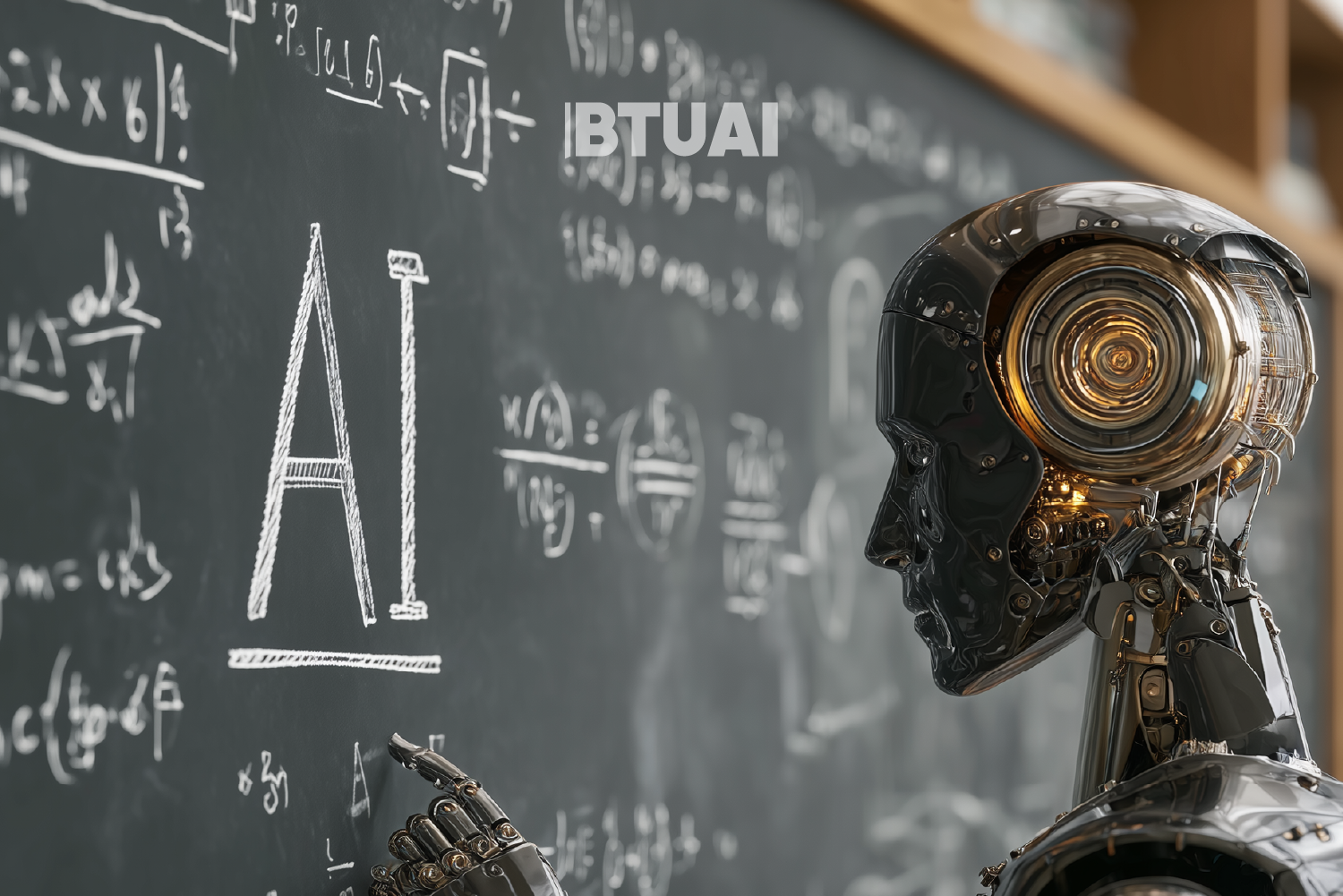Rethinking Exams in the Age of AI: Fairness, Reliability, and the New University Standard
Generative AI has pulled assessment to the center of higher education’s agenda. What once relied on plagiarism checks and

Generative AI has pulled assessment to the center of higher education’s agenda. What once relied on plagiarism checks and standardized tests now requires visibility into thinking: not just the correctness of an answer, but how the student arrived there. A recent pilot at a Georgian university surfaced the core tension many campuses feel worldwide: instructors struggle to judge originality when AI can draft competent work in seconds; verification becomes fatiguing and inconclusive; and a subset of students display overconfidence precisely when they rarely verify AI outputs. At the same time, students report that answer quality and relevance—especially in non-English use, quantitative tasks, and sourcing—remain their biggest pain points, underscoring the need to teach verification and to treat models as facilitators, not final arbiters. Faculty also note uneven skills and access on the student side, which logically pushes institutions toward a deeper review of teaching and assessment practice and toward grounded study tools that organize materials and externalize process (e.g., source-anchored note-to-script workflows).
The practical path is a process-transparent assessment model. Students present a traceable journey—from sketch to final text—with explicit disclosure of AI’s role, risk notes on model errors, and evidence of independent reasoning. This protects fairness (because detectors will never be perfect) and strengthens rigor (because what is evaluated is the argument, not just the polish). It also rebuilds trust via due-process safeguards and clearly communicated norms—what counts as misconduct, what counts as legitimate assistance, and how appeals work when allegations arise.
Economically, the stakes are high. If employers doubt that grades signal mastery, they will double down on independent tests and alternative certificates. Universities must therefore answer a hard brand question: what does an A mean in the age of AI? The durable answer is not bans or detectors alone; it is assessment design that reveals a student’s real competence—critical thinking, source work, argumentation, and responsible tool use.
Pedagogically, this shifts the center of gravity to authentic tasks, oral defenses, version histories, and full disclosure. The exam becomes an argumentative performance with visible method. Infrastructure must catch up: equitable access to institution-protected assistants, short AI-literacy modules on hallucinations and verification, and a tool stack that keeps pedagogy in human hands while letting AI save time where it truly helps.
When the process is annotated and auditable, marks regain meaning. That is the new standard: moving assessment from document policing to demonstrations of thought. Students, in turn, practise the ethics they will need at work: technology can assist, responsibility remains theirs.
Find the BTU’s full research here.




